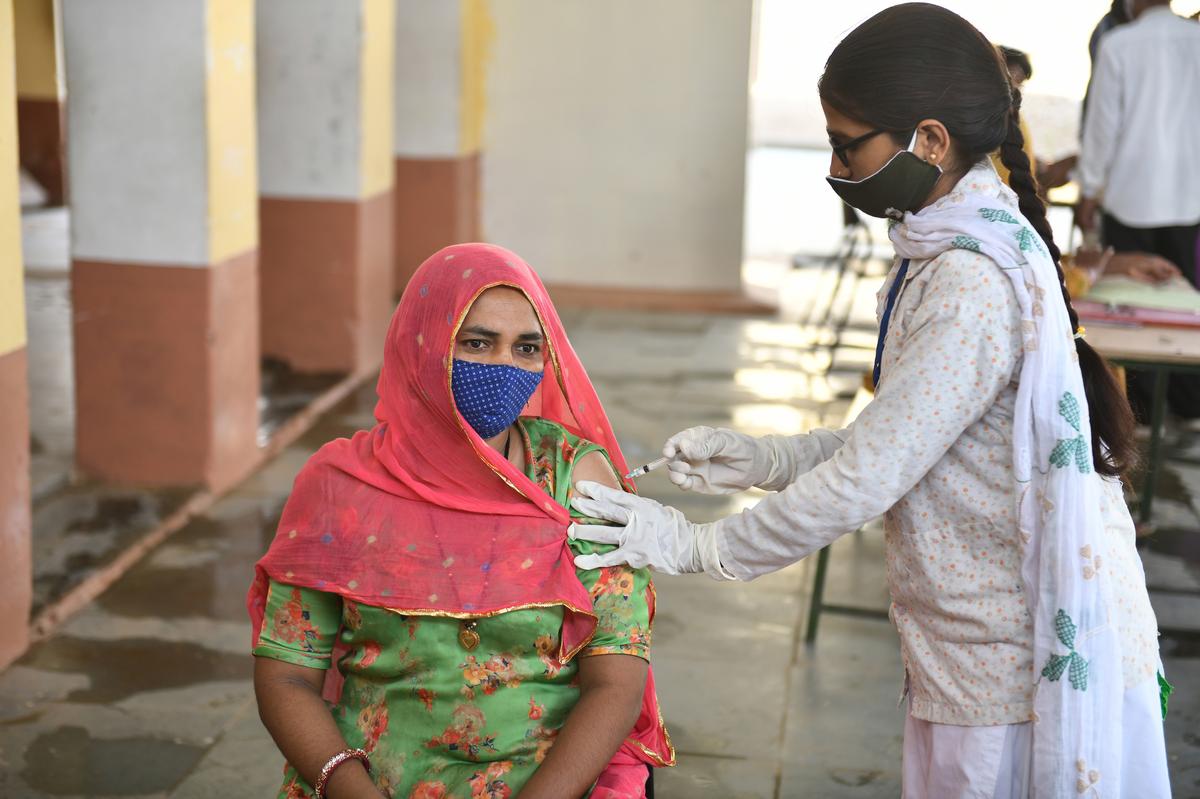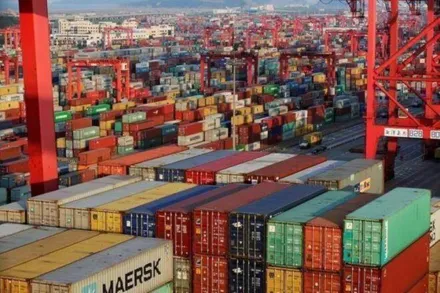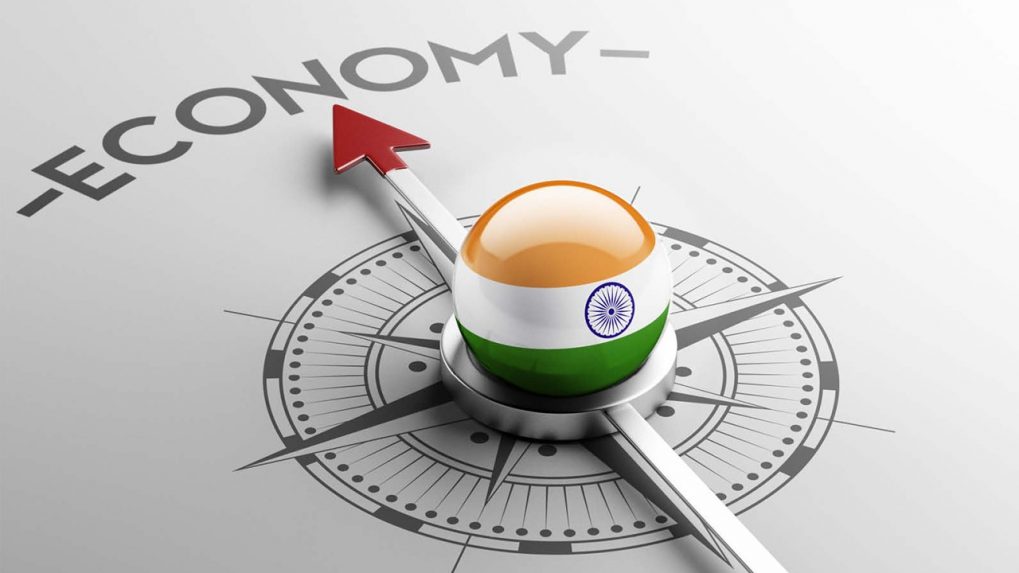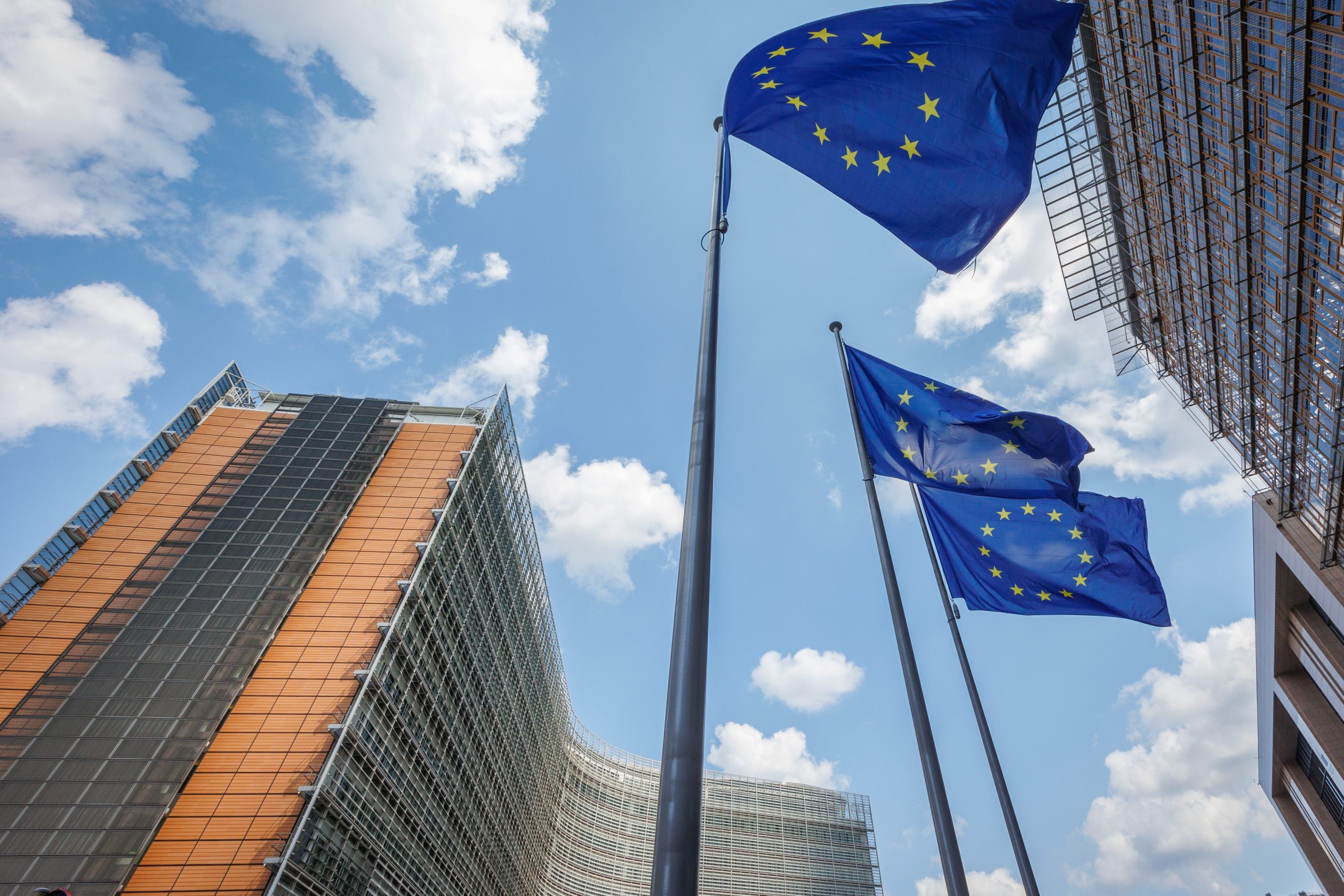- Courses
- GS Full Course 1 Year
- GS Full Course 2 Year
- GS Full Course 3 Year
- GS Full Course Till Selection
- Answer Alpha: Mains 2025 Mentorship
- MEP (Mains Enrichment Programme) Data, Facts
- Essay Target – 150+ Marks
- Online Program
- GS Recorded Course
- Polity
- Geography
- Economy
- Ancient, Medieval and Art & Culture AMAC
- Modern India, Post Independence & World History
- Environment
- Governance
- Science & Technology
- International Relations and Internal Security
- Disaster Management
- Ethics
- NCERT Current Affairs
- Indian Society and Social Issue
- NCERT- Science and Technology
- NCERT - Geography
- NCERT - Ancient History
- NCERT- World History
- NCERT Modern History
- CSAT
- 5 LAYERED ARJUNA Mentorship
- Public Administration Optional
- ABOUT US
- OUR TOPPERS
- TEST SERIES
- FREE STUDY MATERIAL
- VIDEOS
- CONTACT US
Concerns Over Public Trust in Vaccines
Concerns Over Public Trust in Vaccines

- Recently, In India, there have been several court cases related to vaccines.
- Most of these are about the COVID-19 vaccine, but there are also concerns about other vaccines like rabies and rotavirus.
- These cases raise questions about how vaccines are approved, their safety, and whether the public can trust them.
What is a Vaccine?
- A vaccine is a biological substance that helps the body’s immune system to recognize & fight harmful pathogens like viruses or bacteria.
- Vaccines typically contain a component that resembles a part of the pathogen (like a protein or a weakened version of it), which stimulates the immune system to produce antibodies without causing disease.
- A pathogen is any organism that causes disease. Viruses, bacteria, fungi, and parasites are all examples of pathogens.
- This enables the body to recognize and respond quickly if it encounters the actual pathogen in the future.
Types of Vaccines:
Vaccines can be classified based on how they are made and how they trigger an immune response. The main types include:
|
Type of Vaccine |
Description |
Example |
|
Inactivated (Killed) Vaccines |
These vaccines are made from viruses or bacteria that have been killed or inactivated so that they cannot cause disease. They stimulate an immune response without causing harm. |
Polio vaccine (IPV) |
|
Live Attenuated Vaccines |
Contain live, but weakened forms of the virus or bacteria. These weakened pathogens are still alive but are not strong enough to cause illness in healthy people. |
Measles, Mumps, and Rubella (MMR) vaccine |
|
Subunit, Recombinant, or Conjugate Vaccines |
These vaccines contain only specific pieces of the pathogen, such as proteins or sugars. They trigger the immune system without using the entire pathogen. |
Hepatitis B vaccine, Hib (Haemophilus influenzae type B) vaccine |
|
mRNA Vaccines |
These vaccines use messenger RNA (mRNA) to instruct cells to produce a protein similar to one found on the pathogen. The immune system then responds to this protein. |
COVID-19 vaccines like Pfizer-BioNTech and Moderna |
|
Viral Vector Vaccines |
Use a harmless virus (not the disease-causing virus) to deliver genetic material into cells. This genetic material prompts the immune system to recognize and fight the actual pathogen. |
Johnson & Johnson’s COVID-19 vaccine |
Recent Vaccines in India and Their Types
- COVID-19 Vaccines:
- India played a significant role in developing and distributing COVID-19 vaccines both domestically and globally.
- Covishield (AstraZeneca/Oxford Vaccine):
- Type: Viral Vector Vaccine.
- Developed by the Serum Institute of India in collaboration with AstraZeneca
- Covishield became one of the primary vaccines used in India’s vaccination drive.
- It uses a modified adenovirus (viral vector) to deliver the spike protein gene of SARS-CoV-2, stimulating an immune response.
- Covaxin:
- Type: Inactivated (Killed) Vaccine.
- Developed by Bharat Biotech, Covaxin uses the killed version of the SARS-CoV-2 virus to trigger immunity.
- It was one of the first vaccines approved in India for emergency use.
- ZyCoV-D:
- Type: DNA Vaccine.
- Developed by Cadila Healthcare, ZyCoV-D is the world’s first plasmid DNA vaccine for COVID-19.
- It uses a small, circular piece of DNA to instruct cells to produce the spike protein and stimulate an immune response.
Main Concerns Raised in the Court Cases
- Vaccine Safety
- Some petitions mention deaths or serious side-effects linked to vaccines, like the anti-rabies vaccine.
- Concerns include:
- Lack of transparency about vaccine testing.
- Not enough information on possible side-effects.
- How adverse events (like health problems after vaccination) are monitored.
- Lack of Transparency in Approval
- The Central Drugs Standard Control Organisation (CDSCO), which approves vaccines, is criticized for not sharing enough information about how decisions are made.
|
About Central Drugs Standard Control Organisation (CDSCO)
|
-
- People want to know who approves the vaccines and if they have any conflicts of interest.
- Clinical trial data (research about the vaccine) should be made public to ensure trust.
- Informed Consent
- When people get vaccinated, they need to understand the risks (side-effects).
- Right now, the information about side effects isnt always clear or easy to understand at the time of vaccination.
- Weak System for Tracking Side-Effects
- India doesn’t have a strong enough system for tracking and reporting adverse events after vaccinations.
- There are no clear laws in place to ensure that this system works well.
Compensation for Vaccine Side-Effects
- Some people who lost family members due to side-effects from COVID-19 vaccines are asking for compensation.
- Courts are deciding whether the government or vaccine manufacturers should pay for this.
- There are questions about whether the government promised to protect vaccine makers from such claims (this is called “indemnity”).
India's Vaccine Diplomacy and International Initiatives:
Despite domestic concerns, India has played an important role in global vaccine distribution, particularly during the COVID-19 pandemic, showcasing its leadership in vaccine diplomacy. Key initiatives include:
- Vaccine Maitri (Vaccine Friendship):
- Launched in January 2021, India’s Vaccine Maitri initiative aimed to provide COVID-19 vaccines to neighboring countries and other developing nations.
- Under this initiative, India supplied vaccines to over 70 countries, including key allies like Bangladesh, Nepal, Myanmar, Sri Lanka, and even African nations.
- India primarily provided vaccines produced by Serum Institute of India (Covishield) and Bharat Biotech (Covaxin), significantly contributing to global vaccination efforts, especially in regions with limited access to vaccines.
- COVAX Facility Support:
- India’s collaboration with the COVAX initiative, led by the WHO, GAVI, and the Coalition for Epidemic Preparedness Innovations (CEPI), was another significant aspect of its global vaccine efforts.
- The country played a major role in supplying vaccines to low-income countries through this platform, ensuring that nations with limited resources had access to lifesaving vaccines.
- Global Vaccine Production Hub:
- India is often referred to as the "pharmacy of the world" due to its extensive vaccine production capacity.
- During the pandemic, Indian vaccine manufacturers ramped up production to meet global demand.
- India remains one of the largest suppliers of vaccines globally, accounting for nearly 60% of the world’s vaccine supply, contributing significantly to immunization programs worldwide.
- Support to Neighbors:
- India also provided vaccines as part of bilateral agreements with neighboring countries like Bhutan, Maldives, and Bangladesh, strengthening regional cooperation and solidarity.
- This not only showcased India’s commitment to global health but also helped enhance its diplomatic ties with neighboring nations.
Immunization in India
|
Background on Immunization |
|
|
Scope of UIP |
|
|
Diseases Covered under UIP |
Nationally (9 diseases):
Sub-nationally (3 diseases):
|
|
Fully Immunized Child |
A child is considered fully immunized if they receive all scheduled vaccines by their first year of age. |
|
Major Milestones of UIP |
|
|
New Vaccines Introduced |
Inactivated Polio Vaccine (IPV):
Rotavirus Vaccine (RVV):
Measles Rubella (MR) Vaccine:
Pneumococcal Conjugate Vaccine (PCV):
Tetanus and Diphtheria (Td) Vaccine:
|
|
Mission Indradhanush (MI) |
|
|
New Initiatives in Vaccine Logistics & Cold Chain Management |
Capacity Building:
System Strengthening:
National Cold Chain Management Information System (NCCMIS): Tracks cold chain equipment inventory, functionality, and availability. |
|
Also Read |
|
| NCERT Books For UPSC | |
| UPSC Monthly Magazine | Best IAS Coaching in Delhi |




